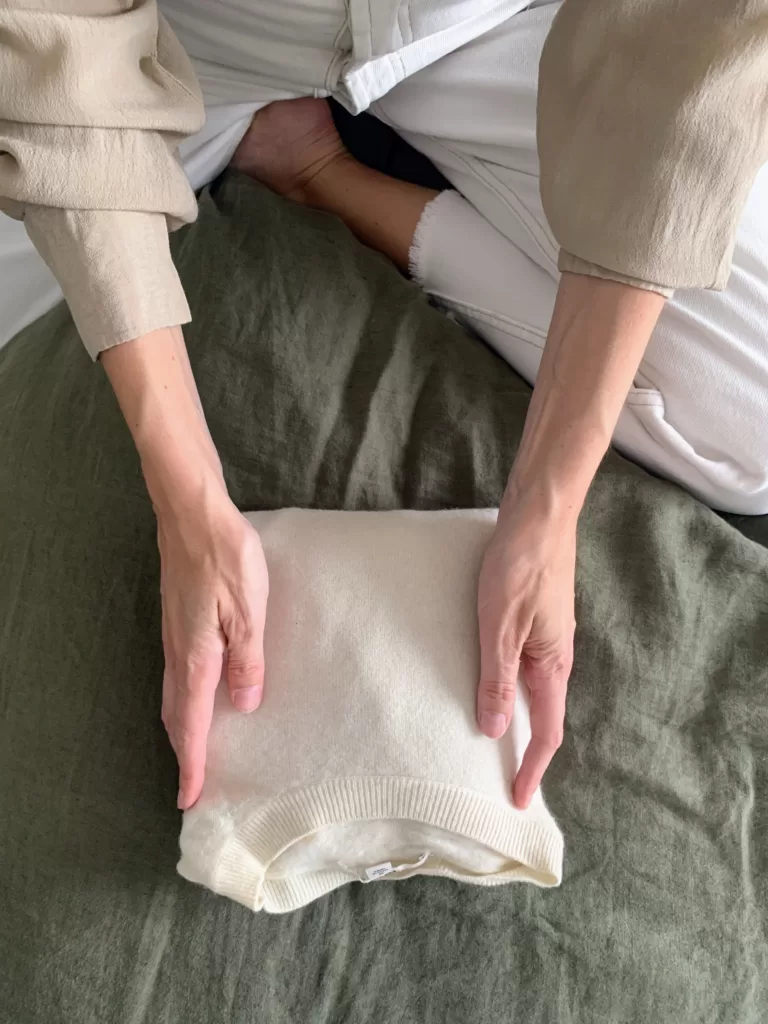Breaking Down the Math Behind Chilihuahua’s Odds
The Basics of Casino Mathematics
When it comes to gambling, casinos rely on a complex system of probabilities to ensure they remain profitable in the long run. This is known as the "house edge." In this article, we will take a close look at how the odds are structured and why some games have such high house edges. We’ll use Chilihuahua’s casino as our case study, exploring the various slot machines and table games available to players.
To understand the math behind Chilihuahua’s odds, it’s essential to grasp the fundamental concepts of probability and statistics. Probability is a measure https://chilihuahua.top/ of how likely an event will occur, usually expressed as a number between 0 and 1. The closer the probability is to 1, the more likely the event; conversely, the closer it is to 0, the less likely it is.
One of the key statistical concepts relevant to casino math is the concept of expected value (EV). EV represents the average amount of money a player can expect to win or lose in a game. It’s calculated by multiplying the probability of winning by the amount won and subtracting the product of the probability of losing and the amount lost.
For example, imagine you’re playing a slot machine with a 90% payout ratio on a $1 bet. This means that for every $100 wagered, the machine will pay out $90 in winnings, while retaining $10 as profit. To calculate the EV:
EV = (Payout Ratio x Bet Amount) – (1 – Payout Ratio) x Bet Amount = ($0.90 x $1) – ($0.10 x $1) = -$0.10
In this case, the EV is -$0.10 per $1 bet. This means that in the long run, the machine will pay out less than it takes in.
The Role of Probability Distributions
To better understand how Chilihuahua’s casino math works, we need to delve into probability distributions. A probability distribution is a mathematical function that describes the likelihood of different outcomes within a given set of possible results. In casinos, these outcomes can be anything from winning or losing on a single spin to achieving specific combinations in card games.
For slot machines, a common probability distribution used is the normal (or Gaussian) distribution. This bell-curve shaped distribution assumes that the likelihood of outcomes decreases as they move further away from the mean value. In slots, the mean value represents the average payout or return over a large number of plays.
Chilihuahua’s popular slot machine, "Jungle Jackpot," has an advertised 95% RTP (Return to Player) rate. While this sounds impressive, it means that for every $100 wagered on the game, players can expect to win around $95 in total. The remaining $5 is retained by the casino as profit.
However, we need to consider another aspect of probability distributions: variance. Variance measures how spread out a distribution is; high variance indicates more frequent but smaller wins, while low variance means fewer but larger wins. A high-variance distribution would result in many small payouts, keeping players engaged but ultimately costing them money in the long run.
In Chilihuahua’s case, "Jungle Jackpot" features a moderate to high variance, ensuring that players experience some large payouts but also suffer from frequent smaller losses.
The House Edge: The Casino’s Key Advantage
While probability distributions and expected values provide valuable insights into individual games, the true power of casino math lies in its ability to aggregate these results across an entire portfolio. This leads us to the concept of the house edge – the built-in profit margin that ensures casinos remain financially stable.
In theory, a game with zero house edge would be perfectly balanced between winning and losing outcomes, resulting in no net gain for the casino. However, this is impossible due to the costs associated with maintaining the operation (such as marketing, employee salaries, and equipment).
A typical house edge ranges from 1% to 10%, depending on the game and its rules. In Chilihuahua’s casino, some games have much higher edges than others. For instance:
- American Roulette has a high house edge of around 5.26%.
- European Blackjack offers an attractive 0.50% edge.
- Craps (with standard odds) boasts an impressive 1.40% advantage.
These percentages refer to the expected value for each bet type, but it’s essential to remember that they can vary depending on specific rules and player actions within the game.
Volatility and Return-to-Player Rates
To accurately assess a casino’s profitability, we need to consider not only its individual games’ house edges but also their respective volatility levels. Volatility refers to how much the outcome of each game deviates from its mean value (expected return).
In Chilihuahua’s slot selection, you’ll find both low and high variance games. For example:
- "Sizzling Sevens" is a low-volatility title with frequent but smaller wins, resulting in an RTP of 94%.
- "Lucky 7s" boasts a much higher RTP of 98% due to its moderate volatility, which leads to larger payouts less frequently.
Keep in mind that these numbers are averages based on long-term data and might not accurately reflect short-term results. Players may experience winning streaks or losing sessions, but over time, the true probabilities will dictate the outcome.
Chilihuahua’s odds can be both intriguing and intimidating for players. While it’s natural to get caught up in the excitement of winning, understanding the math behind these games can help you make more informed decisions when placing your bets.


